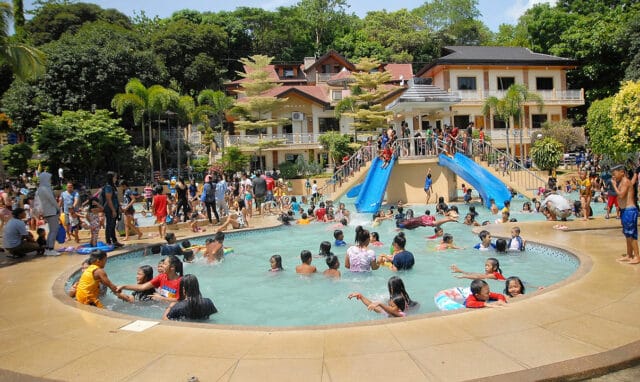
THE PHILIPPINE tourism industry’s water and energy consumption, as well as carbon dioxide emissions, remained well below pre-pandemic levels despite the gradual recovery in 2021.
Preliminary data from the Philippine Statistics Authority (PSA) showed the tourism industry’s water consumption rose by 19% to 132.54 million cubic meters (cu.m.) in 2021, from 111.38 million cu.m. in 2020 when most tourism-related businesses were closed due to the pandemic.
However, this is still significantly lower than the 705.14 million cu.m. of water used by the industry in 2019 or before the coronavirus disease 2019 (COVID-19) pandemic.
The tourism industry’s share in total Philippine water consumption remained at 2.5%, lowest since 2012.
By sector, hotels, resorts and other tourist accommodations had the highest water consumption at 105.54 million cu.m., representing 79.6% of total tourism water consumption. This was followed by food and beverage services (12%), entertainment and creation services (3.5%) and transport services (3.3%).
The Philippines began easing lockdown restrictions in the last quarter of 2021, as COVID-19 cases dropped and vaccination coverage widened. This allowed more tourism-related businesses to resume operations.
Meanwhile, the tourism industry’s energy consumption fell by 4.7% year on year to 3,041.99 kilotons of oil equivalent (KTOE) in 2021.
Tourist accommodations accounted for the highest energy consumption in 2021 with 1,356.21 KTOE or 44.6% of the total energy consumption.
Also, carbon dioxide (CO2) emissions from the use of petroleum and electricity reached 3,888.18 Gigagrams (Gg) of CO2 in 2021, 10.9% lower than 4,366.09 Gg in 2020.
As a share of the country’s total CO2 emissions from petroleum and electricity use, the tourism industry accounted for 6.2% in 2021, lower than 7.5% in 2020.
Transportation services made up 2,236.91 Gg or 57.5% of the sector’s total CO2 emission.
The industry’s water and energy consumption and CO2 emissions “remained low relative to its pre-pandemic levels… (despite) the gradual recovery of tourism in 2021,” the PSA said.
“Learning from the pandemic, tourism in the Philippines has been recovering but moving towards more community-based and sustainable tourism,” Asian Institute of Management (AIM) Associate Director of the Dr. Andrew L. Tan Center for Tourism John Paolo R. Rivera said in a text message.
He said the tourism industry is expected to return to pre-pandemic levels “sooner or later,” as travel restrictions ease around the world.
“Hopefully, behavior and resource utilization have changed towards more environmentally friendly consumption and usage,” he said.
In 2021, the tourism sector’s direct gross value-added to the economy as measured by the gross domestic product was estimated at 5.2%, a notch higher than 2020’s 5.1%. — MIUC
If you like this article, share it on social media by clicking any of the icons below.
Or in case you haven’t subscribed yet to our newsletter, please click SUBSCRIBE so you won’t miss the daily real estate news updates delivered right to your Inbox.
The article was originally published in Business World.







More Stories
Vista Land Celebrates 50 Years with Sandiwa: An Event Honoring Leadership, Legacy, and the Filipino Dream of Homeownership
Vista Land Celebrates Love Month in Ilocos Region
Vista Land Bridges Cebuano Heritage and Progress with Valencia by Vista Estates